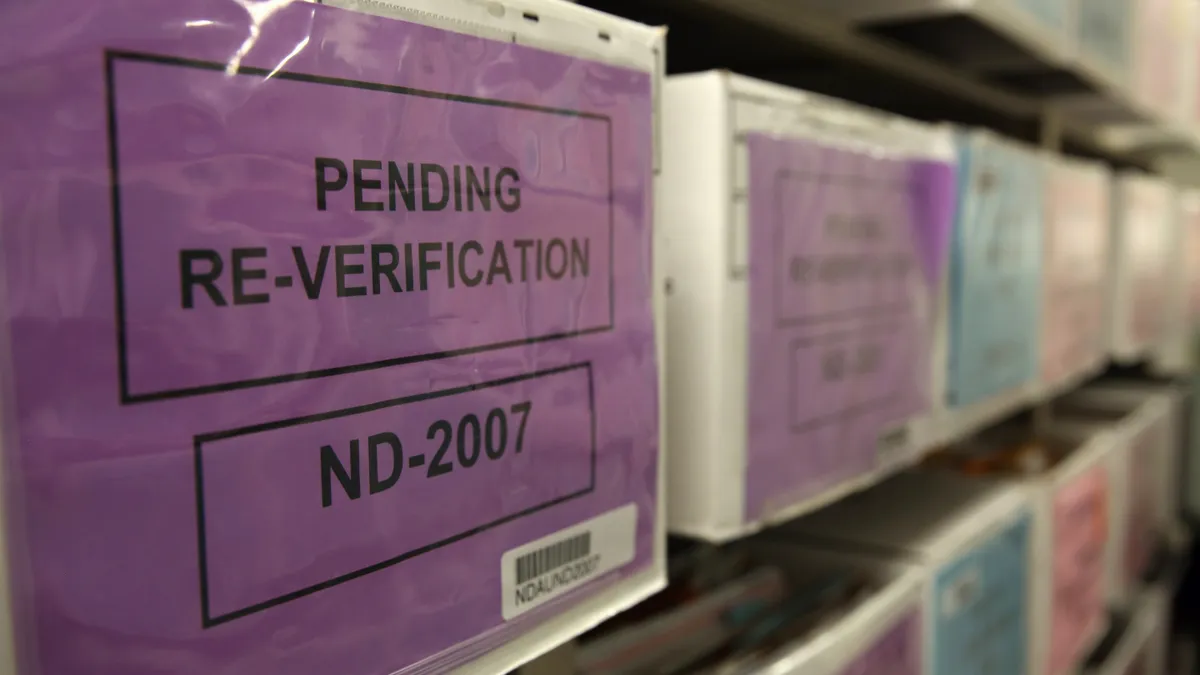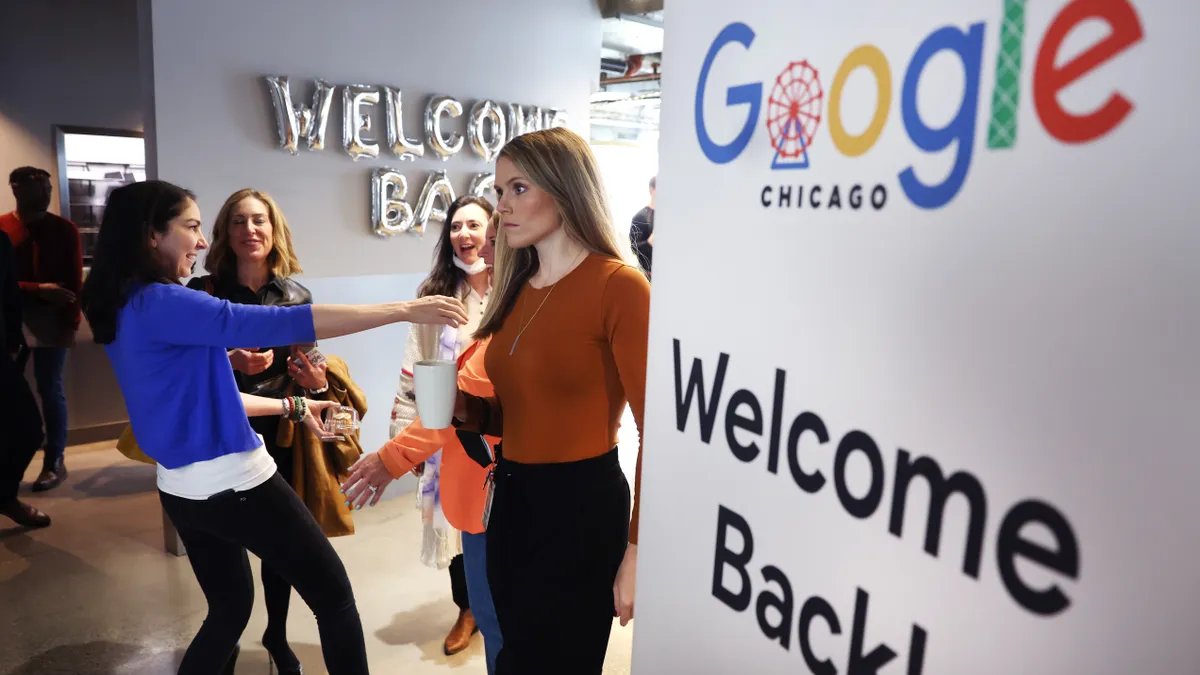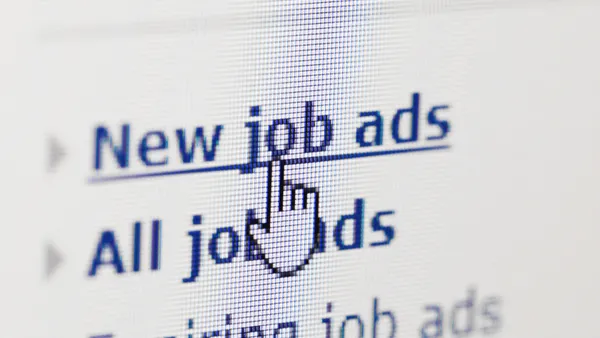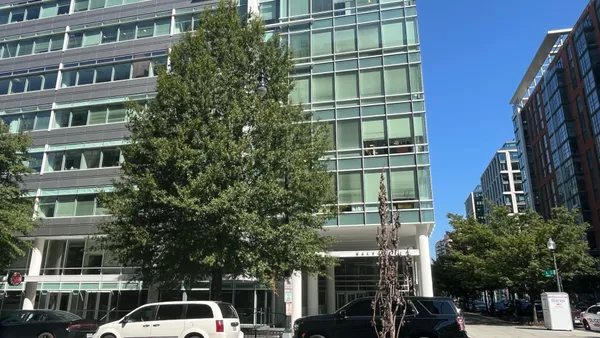Nearly 11 million jobs remain unfilled in the U.S., a near-historic high that’s contributing to ongoing economic constraints. Even if all unemployed workers took those positions, about 5 million workers would still be needed.
Immigration reform could help fill the gap, particularly as the U.S. population continues to age and birth rates decline, according to a March 21 report from the Committee for Economic Development, the public policy center of The Conference Board.
“Increasing the nation’s quantity of labor will require a two-pillar approach. To preempt a shrinking workforce, expanding U.S. labor force participation through steps including reskilling, diversifying talent pools, and supporting older workers and caretakers is a first-order priority,” Lori Esposito Murray, president of the committee, said in a statement.
“But it is not the panacea,” she added. “Also essential is comprehensive immigration reform that expands legal pathways and encourages immigrants’ immediate contribution to the workforce. Further delays in reform will continue to put severe pressures on the U.S. workforce, which will hinder overall innovation, productivity and growth.”
The report highlighted numerous recommendations for the two-pillar approach. For instance, support for older workers who want to work could include removing the Medicare benefits cliff, piloting a repeal of the Social Security retirement earnings test and allowing flexible work arrangements.
In addition, employers can expand flexibility for those with dependent care responsibilities. Employees who care for children, older adults or other dependents may need nontraditional options to continue their work responsibilities without negatively affecting their careers, the report said.
And as for immigration reform, additional pathways could be opened for work authorization and permanent residence — at all skill levels, as needed across the economy, the report said. This could include raising or eliminating caps on green cards and visas for employer-sponsored workers, offering work authorization to temporary workers’ spouses and children, relaxing regulations that require workers to leave the country during periods of nonemployment, and maintaining green card options for family-sponsored and refugee admissions.
Paired with that, reforms could streamline the retention of H-1B high-skill workers and F-1 international students, particularly by allowing for changes in employers. New policies could also permit these visa holders to self-nominate for permanent residence after meeting their required visa terms.
To support these changes, new reform measures could improve processes and upgrade capacity for immigration application and approval, the report said. This could include goals for application decision times, quarterly or monthly allocations for H-1B visas, expansion of interview waivers, and deployment of enough officers to the busiest U.S. consulates.
On the enforcement side, mandatory use of E-Verify could help ensure that jobs are filled by screened applicants. This could both deter unauthorized migration by eliminating job opportunities for unscreened applicants and shrink the number of people who law enforcement authorities must identify, the report said.
Other groups have supported similar reforms as a way to fill job openings due to pandemic-era shifts. Last year, the U.S. Chamber of Commerce called on Congress to make changes to immigration policies to reduce inflation, address supply chain issues and bolster the economy. State chambers of commerce also urged lawmakers to consider changes that would help retain high-skill workers and create a reliable verification system.














